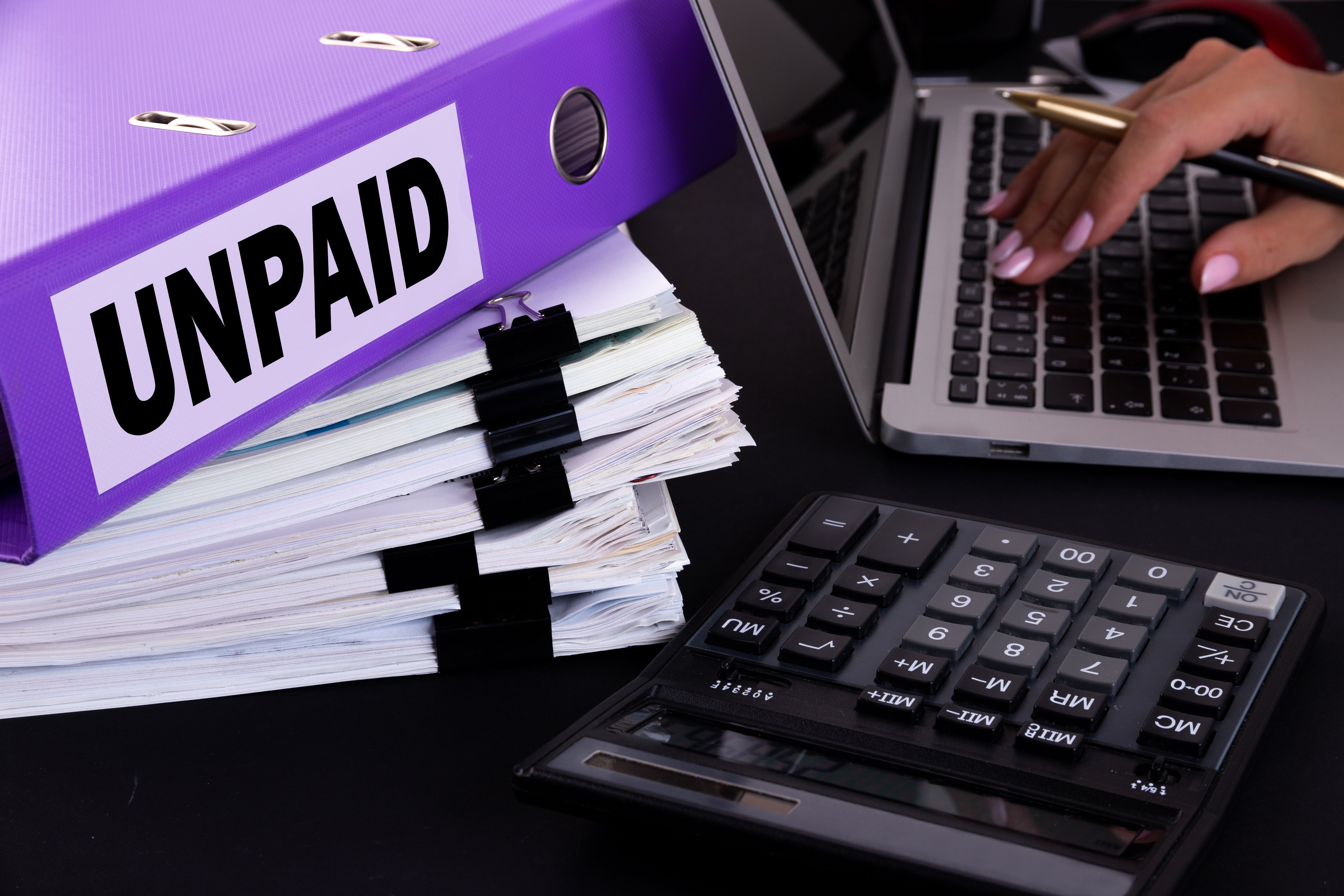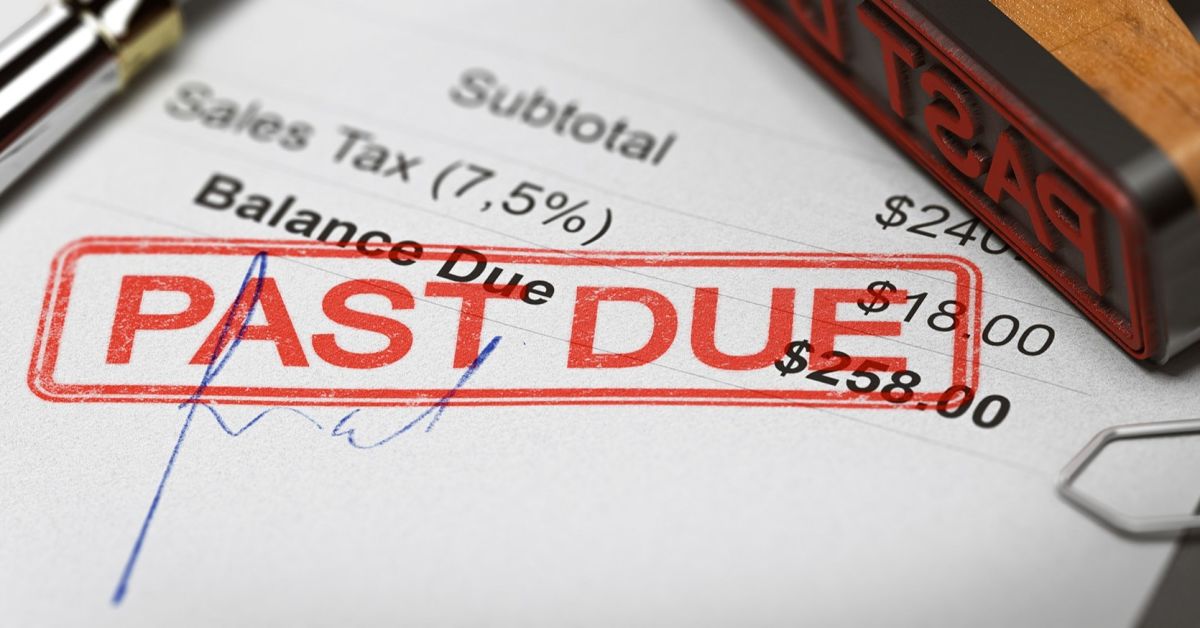According to Gartner research, bad debt saw a significant increase of 26% in 2020. This surge isn't surprising, given the economic uncertainty caused by the global pandemic, which led to a sharp rise in corporate bad debt. In addition to this, many businesses faced revenue losses as a result of the dramatic shift in consumer behavior and spending patterns.
As the economy continues to evolve, businesses must adapt their strategies to manage bad debt more effectively. But how do you know when it’s the right time to write off bad debt, and how can you mitigate its impact moving forward?
Understanding the timing and approach to writing off bad debt is crucial for maintaining financial health. Businesses should regularly assess outstanding receivables, monitor customer creditworthiness, and establish clear collections processes to avoid unnecessary write-offs. Additionally, implementing proactive credit risk management strategies and diversifying payment options can help minimize the future risk of bad debt.
What is bad debt?
Bad debt describes an unpaid debt that is unlikely to be recovered from. It can have a negative impact on a company's balance sheet, cash flow, and profitability.
When should a business write off a bad debt?
Any business that has accounts receivable will, at some point, face the risk of an uncollectible debt (also known as a bad debt or a doubtful debt). It's the same for businesses that offer net terms. They'll have to face the question: at what point should this AR be written off the bad debt?
There isn’t a simple answer to this question. Businesses vary in their operations and have different criteria for when they should write off bad debt.
Keeping bad debt in AR will increase AR and days sales outstanding (DSO). This increase can skew balance sheet and working capital reports, but it isn’t necessarily a bad thing. Knowing bad debt is there can be motivation enough to continue trying to collect on it. But at some point, the collection period becomes too long.
On the other hand, bad debt can trigger policy changes that improve a company’s credit policy and B2B credit management. If you're able to transfer a customer to a payment plan, it makes sense to keep bad debt on the books as AR until it's paid in full.
The general rule is to write off a bad debt when you're unable to connect with your client. You should also write it off if they haven't shown any willingness to set up a payment plan, or the debt has been unpaid for more than 90 days.
Writing off bad debt: allowance method or direct write-off method
There are a number of ways to write off bad debt. Regardless of the method chosen, you'll need a journal entry that balances a bad debt entry. Here are the two key methods for writing off bad debt.
1. The allowance method
One method is the allowance method, which takes the bad debt amount into a specific allowance for bad debts account (see below for more about this account). This allowance will be a contra-asset account.
2. The direct write-off method
Another is the direct write-off method where you make a debit journal entry under bad debt expense and a corresponding credit entry under accounts receivable. (If your company has a full-time accountant, they'll likely already have their own way of highlighting doubtful accounts and handling bad debts.)

Publicly traded companies that follow the Generally Accepted Accounting Principles (GAAP) and are regulated by the SEC use the direct write-off method. Once the debt has been determined uncollectible, it goes directly from AR to an expense. There is no intermediate account reflected in the financial statements.
If you don’t want the debt in AR but still need a way to track it, so it isn’t totally written off, you may want to create a separate AR account for each collection. This way, the primary AR balance can run reports without bad debts affecting it, but you can still track each collection account. Basically, this is using a sub-ledger for tracking.
When to decide that a bad debt is uncollectible
No matter how bad debt is tracked, there must come a point when it is decided the debt is ultimately uncollectible and must be written off—no matter the amount of bad debt. We'll look at a specific solution to avoid this problem further down.
Before you write off the debt, you'll need to be able to prove to the IRS that you've taken sufficient steps to collect the debt, because bad debts lower your business' taxable income.
Note: Recording a bad debt expense is only needed if you work with accrual accounting. If you use cash accounting, you won't have an entry for the collectible amount because you never received payment. Unfortunately, it still creates a problem for cash flow.
Once a company’s internal credit collection policy has run its course, the next step is usually hiring a collection agency or looking into debt collection software.
Using daily sales outstanding averages as an accounting period
To keep daily sales outstanding (DSO) from being skewed, bad debt might be written off after a certain number of days. For example, if your company’s average DSO is 75 days, you might decide that after an additional 90 or 120 days, the debt should be sent to collections and written off.
DSO is only one example. Some companies pay corporate fees for carrying bad debt. Rather than 165 or 195 days, as in the above example, the company may settle on 150 days in order to limit the carrying expense.
You should always be able to see your bad debts on your general ledger. They get listed on your income statement under 'selling, general, and administrative costs' (SG&A). Remember that your bad debts will influence your net income and you may need to look at how you handle your financial obligations if you have too many outstanding accounts in your books.
How to calculate the bad debt expense formula
The formula is pretty simple:
Percentage of bad debt = Total bad debts/Total credit sales
Startups and small businesses are advised to set up a bad debt allowance account (also known as a bad debt expense account or bad debt reserve) in advance of issuing credit. If you're reading this, you may already have bad debts. The good news is that you can calculate your current percentage of bad debt and set up an allowance for bad debts that you can draw from to cover the amount of your bad debts.
According to GAAP principles, you can either estimate the amount of bad debt based on the percentage of sales method (shown above), or the percentage of accounts receivable method. In the second method, you should use this calculation:
Total bad debts/Total accounts receivable
You'll also set up a receivable aging schedule to estimate the bad debts.
A sales method and solution to bad debts
In a perfect world, you'd never do business with a client who couldn't pay their invoices in a timely manner, and you'd never have to record bad debt! We can't offer that (yet), but with online net terms, we're getting much closer.
Resolve Pay is a popular digital net terms partner that can help you reduce bad debts down to 0%. Resolve’s proprietary credit assessment uses proprietary financial databases and algorithms to assess your customers without needing a single data point from them. All they need is the company name, email, and address. When a customer is approved for credit, Resolve provides an advance of up to 90% of each invoice, paid into your account within 1 day.
This means you can check the creditworthiness of any potential client before extending net terms to them, and you'll be confident that the payment terms and credit limit you're offering is appropriate for their payment abilities. Your accounts receivable balance will always be manageable and healthy.
Too often, sales professionals rely on intuition and past experience to recommend net terms when they don't even know how to read an Experian Credit report! Now, you can use Resolve and eliminate all uncollectible accounts.

When the cost to collect outweighs bad debt
If a client has closed down their physical premises or becomes unresponsive, collecting debt becomes more time-consuming and expensive. When this is the case, the cost — both in money and time — of collecting a debt has to be weighed against the amount of debt being collected.
If you win a civil case against a client and are awarded a judgment, you then have to take action to collect payment. This often comes in the form of garnishment.
Even if you have a judgment against a client, it doesn’t mean you’ll be able to collect payment. If the client files for bankruptcy, the full amount of the debt may be unrecoverable. If the client has no money, the debt is unrecoverable.
How to handle unexpected payments
Sometimes you get a surprise payment of a bad debt that you've already written off. The money you just collected is certainly real and must be accounted for.
As we've mentioned, once a debt is determined uncollectible, it's moved from AR to a bad debts account and it becomes an expense. You may create an adjusting entry so the funds can go into a bad debt recovery account. The accounting methods we mentioned earlier have different ways of dealing with recovered funds.
Virtually all companies have one thing in common when it comes to bad debt: it should eventually be written off. Discussing with your team what makes the most sense will help in determining the right time to write off bad debts.
How to avoid bad debts
There is an actual solution to avoiding bad debts. And it's not accounts receivables insurance or accounts receivables collections software.
It's Resolve Pay. We help B2B companies scale their accounts receivables operations - including collections. Learn how you can reduce your bad debts by 100% with Resolve's accounts receivables solution.




